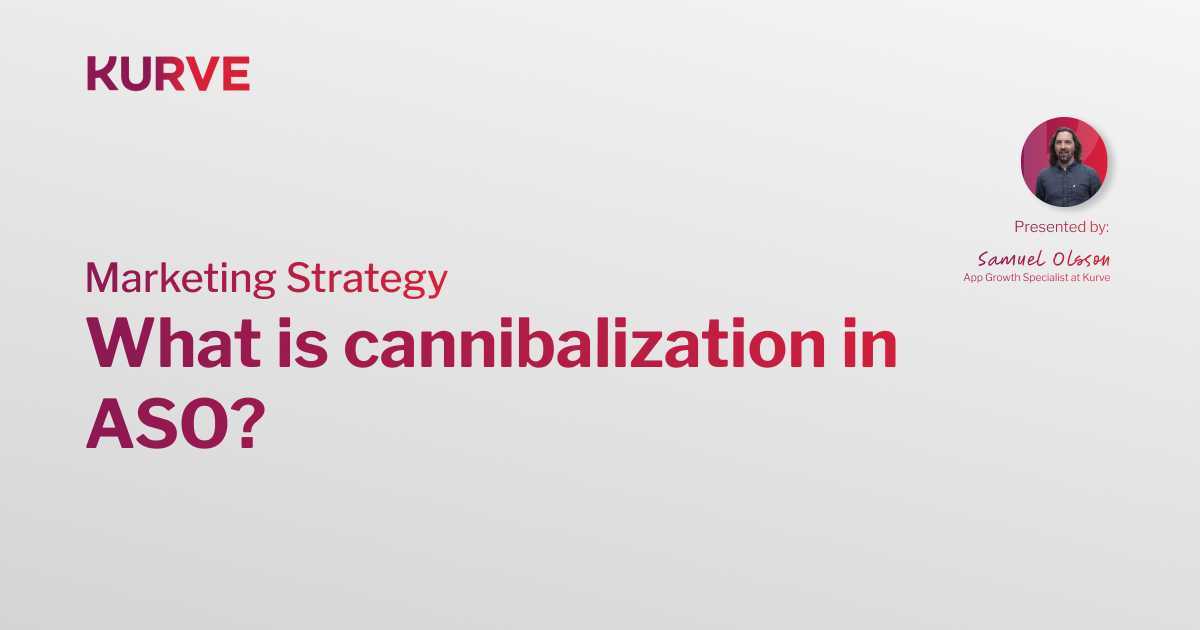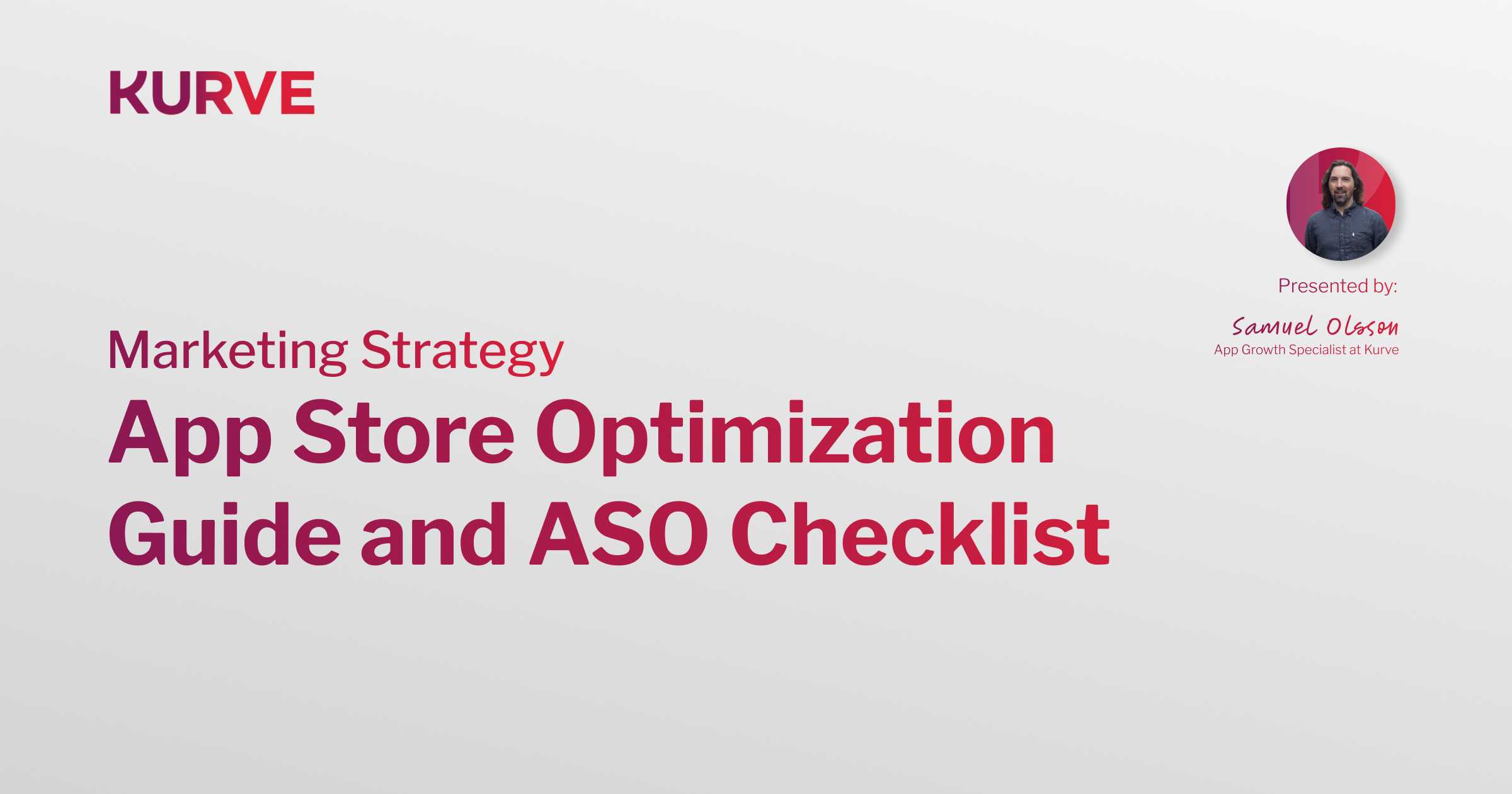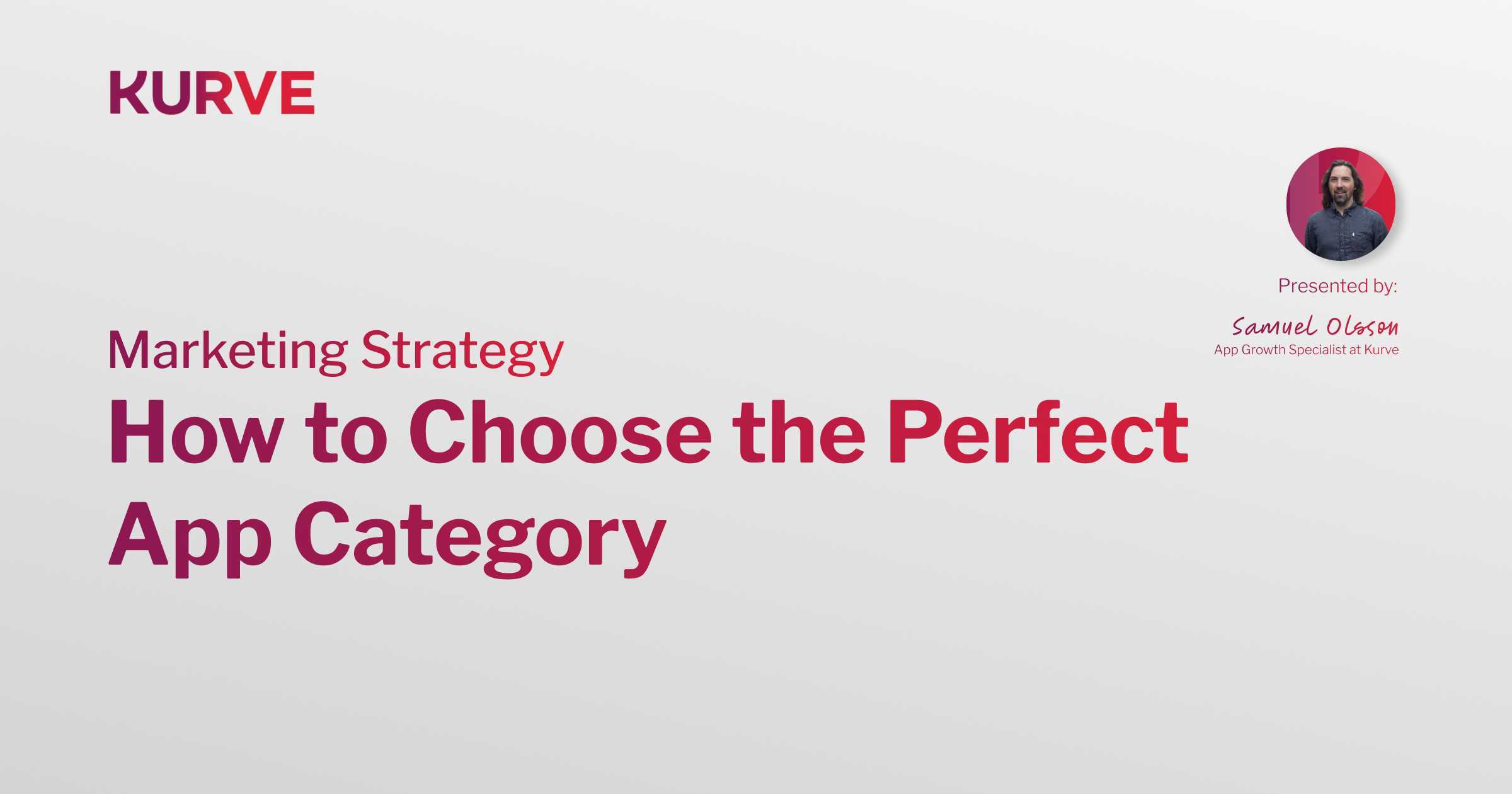How to Calculate CAC for Your Mobile App
Knowing your Customer Acquisition Cost (CAC) enables you to optimize your user acquisition efforts, gauge whether your marketing campaigns are working, and understand if you’re on the path to long-term profitability.
CAC is often an abstract concept, even for quick-scaling app developers - but it’s vital to understand it. If you don’t have a clear understanding of your CAC, before you know it, you’ll have spent thousands on user acquisition campaigns that aren’t profitable for your company.
In this guide, you’ll learn what CAC is, why it’s important, and how to calculate it.
We’ll also show you why the LTV:CAC ratio is vital to track to ensure your mobile app acquisition efforts are paying off.
| Table of Contents |
|
What is CAC and how do you calculate it? How much does mobile app acquisition cost in 2024? Common mistakes when looking at CAC How should you use CAC in your mobile app marketing? |
What is CAC and how do you calculate it?

CAC stands for Customer Acquisition Cost. It’s a fundamentally simple calculation:
Total cost of acquiring customers / number of customers acquired during a time period
The more you can optimize your mobile app acquisition costs, the cheaper it will be to acquire new customers.
Your definition of a ‘customer’ will vary, but it should be related to a revenue-generating action, like:
- Making a purchase
- Starting a paid subscription
- In-app purchase
- Viewing a certain number of ads
Despite CAC being a simple metric, people misunderstand it in a few ways.
How much does mobile app acquisition cost in 2025?

App user acquisition costs for mobile apps vary based on multiple factors. Marketers must understand several factors to estimate their potential expenses and plan accordingly.
Here's a breakdown of the considerations at play:
- Game vs. Non-Game Apps: Game apps CAC are high due to the intense mobile app market, but subgenres affect costs. Hyper-casual games have lower costs, while competitive genres with established players drive prices higher.
- Target Audience: Ideal user profile heavily influences the mobile user acquisition cost. The more specific your target audience – based on demographics, interests, and behaviors – the more likely you will encounter higher costs.
- iOS vs. Android: iOS users cost more to acquire than Android users, as they are perceived to have a higher lifetime value.
- Location: The app user acquisition cost varies by country. Developed markets like the US, Western Europe, and parts of Asia have high costs, while emerging markets offer lower costs but lower user LTV.
- Advertising Channels: Advertising platforms like Facebook, Google Ads, Apple Search Ads, TikTok, and many others have different pricing and audience reach. The type of campaign also affects mobile user acquisition costs. Targeted or retargeting campaigns may be more expensive but can yield better returns.
2023 saw $362 billion spent on mobile ad spend, but the shift to privacy and tracking ecosystem in 2025 may make audience targeting more complex and increase acquisition costs.
Common mistakes when looking at CAC

Sometimes, people include every user in their CAC calculations. However, CAC refers specifically to customers, not just users, or the total number of app installs.
For example, if someone downloaded your music streaming app but never purchased a subscription, they’re not a customer, but they are technically still a user. Different cohorts of users and customers will have different CACs and LTV:CAC ratios (we’ll look at LTV:CAC ratio below).
In addition, growth marketers often look at CAC for individual campaigns, only accounting for the money spent directly on advertising. This is an effective way to see if a campaign is working, but it's not perfect.
To be as accurate as possible, customer acquisition costs should include all the costs involved in acquiring customers, such as:
- Ad spend
- Salaries
- Fees for consultants or software
- Time spent on campaign
If you ignore the extra costs, you can end up running campaigns that look profitable at a glance — but actually have a negative or zero profit margin. By looking at the overall CAC, you’ll fully understand if your marketing has healthy profit margins.
It’s also vital to remember that CAC doesn’t exist in a vacuum. You have to compare it to the Lifetime Value (LTV) of your customers. If it costs more to acquire customers than they spend, your marketing efforts won’t be profitable, and you’ll need to find ways to lower your CAC or increase the LTV.
How should you use CAC in your mobile app marketing?

Most app marketers are familiar with metrics like Cost Per Install (CPI), and Cost Per Action (CPA) (e.g., cost per registered user). These are useful for campaign-specific comparisons. For example, both CPI and CPA could be used to tell you if it costs more to acquire installs or users on the iOS / Apple App Store or the Google Play store.
However, these metrics can lead to you optimizing for the wrong thing.
For example, if it costs £2.50 to acquire a user on the Play Store but £10 on the iOS App Store, you might want to funnel resources into more advertising on the Play Store. After all, having a low CPI will make you look great in your next meeting with your marketing team, CEO, or investors.
But here’s an example of why those high-level metrics can be misleading.
If Android users acquired for £2.50 spend an average of £5 on your app, they generate 2x what it costs to acquire them. On the other hand, if the average iOS user spends £30 over their time using your app, you make 3x of what it costs to acquire them.
In this example, advertising to iOS users is the more cost-effective approach with better margins — even though the CPI was technically higher.
This margin is what’s called the LTV:CAC ratio.
So, what is the LTV:CAC ratio and why does it matter?
The LTV:CAC ratio tells you if the app users you’re acquiring are helping your business make money. It tells you what kind of ROI you’re generating and if you have healthy profit margins.
Ideally, you should aim for a LTV:CAC of 3-5:1. A LTV:CAC of 5:1 would mean that for every £1 you spend acquiring a user, you make £5 back.
You should always look to improve your LTV:CAC ratio and assess it to see if campaigns are delivering ROI.
If a campaign has a 1:1, or negative LTV:CAC, there’s a problem. You’re either spending too much to acquire users, or your users aren’t spending enough with you.
Some high-growth startups in competitive markets will have a negative LTV:CAC ratio and accept it, but it's usually not recommended unless you have cash to burn. For example, companies like Uber are famous for spending huge amounts on user acquisition at a loss, but that’s a calculated strategy as they try to own a market they believe will be profitable in the future, allowing them to recoup those losses eventually.
For most companies, you should aim for a positive LTV:CAC that allows you to cover your costs of doing business and make a profit.
Improving your LTV:CAC ratio

You might already have realized that your LTV:CAC ratio is affected by a variety of factors. Luckily, you have several levers to pull if you want to optimize it.
The main ways to improve your LTV:CAC are:
- Reduce your costs: cut your spend on software, ad spend, reduce maximum CPI, etc.
- Improve your product onboarding: help your app users become customers, faster
- Raise your prices: Upping your prices should increase your Average Revenue Per User (ARPU)
Whenever you make changes to your business and marketing efforts to improve your LTV:CAC, it’s always important to look at your results with a critical eye.
For example, if you raised your prices, your ideal customer profile may have changed with it — and this new customer willing to pay higher prices may cost more to acquire in the first place.
When you start improving your LTV:CAC, it opens up new opportunities as you’ll have higher profit margins and be able to re-invest more into your sales and marketing efforts.
In summary: CAC is your north-star metric
Your Customer Acquisition Cost is a vital metric for app marketers to track for their user acquisition strategies. It provides a clear insight into your campaigns' profitability and margins.
You should also look at your LTV:CAC ratio, which compares the total lifetime value of a customer to the cost of acquiring them. It’s a north-star metric for many companies because it tells you how big your profit margins are and if you need to work on improving your mobile user acquisition strategy.
If you’re constantly measuring your app user acquisition and can optimize it, you’ll be able to scale faster and get new users without spending more than you can afford on marketing.
Want help with your app marketing or optimizing your CAC costs? Reach out to Kurve today and chat to one of our experts.


